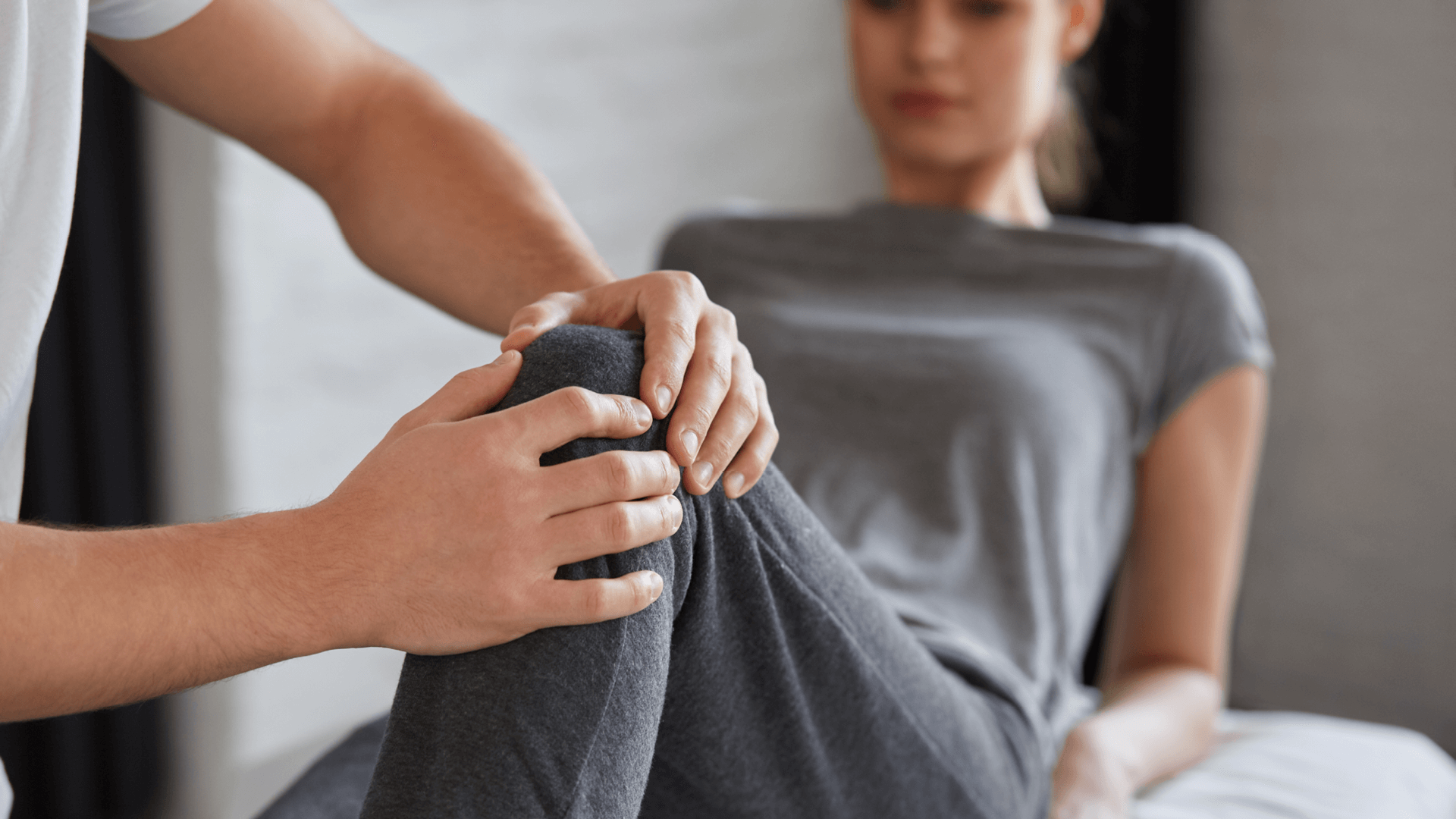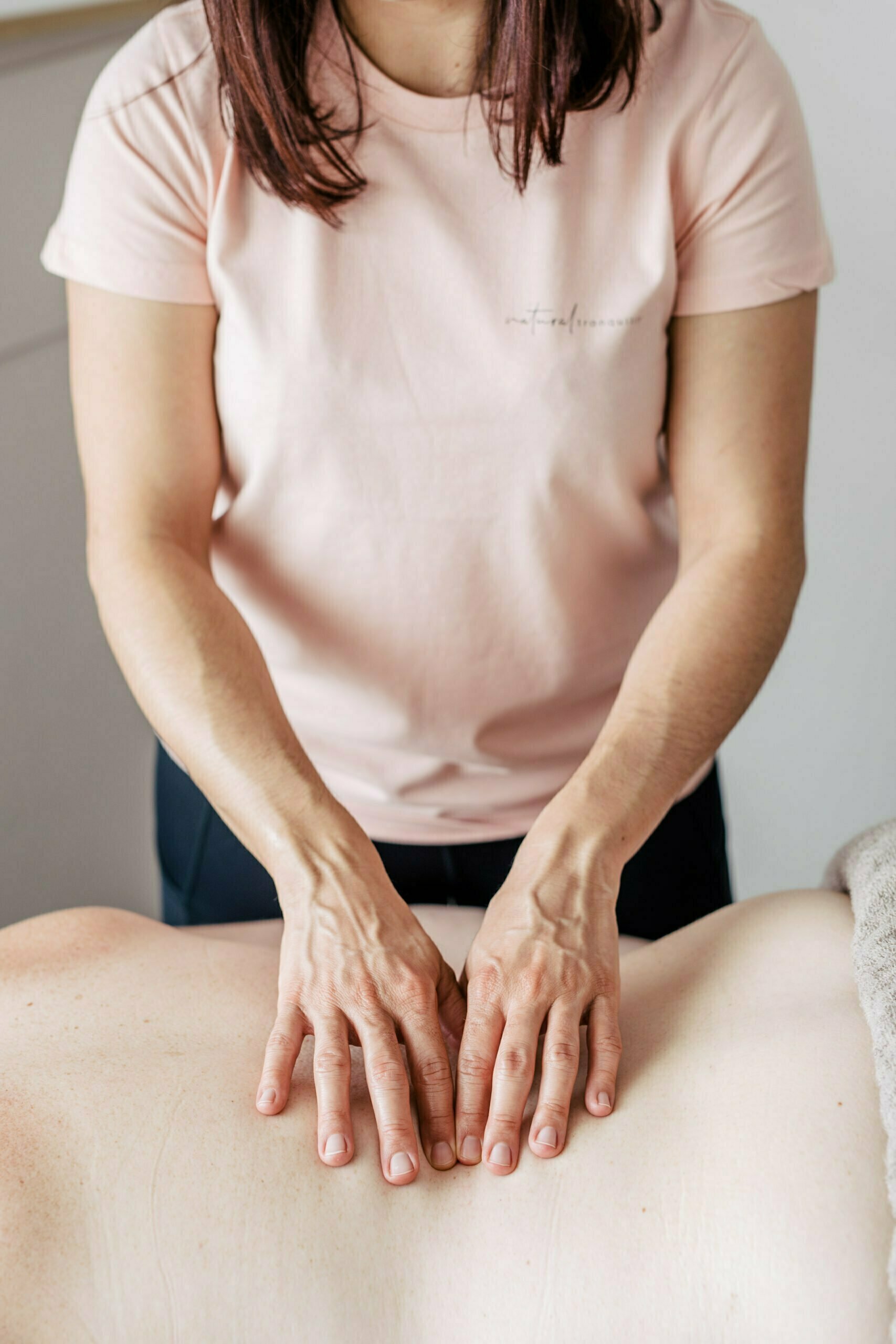Back, neck and shoulder discomfort are the most common complaints I have when clients come to see me at my clinic. This can be caused by poor posture, spending long hours in front of the computer, having a sedentary life without exercising, stretching or due to an injury. Pain in these areas can really affect your daily life. Remedial massage has demonstrated to be an effective technique which helps to alleviate pain and discomfort over the whole body.
Remedial massage is a type of massage which focuses on the treatment of musculoskeletal issues. It includes the use of various techniques, such as deep tissue, trigger point therapy and myofascial release. All these together to treat pain, discomfort and tensions caused in muscles and joints.
It also helps alleviate pain in the back, neck and shoulders. Deep tissue and other techniques help to release tension and reduce pain the muscles and joints.
Tight muscles often limit your range of motion, making difficult to move your neck and shoulders. Having regular sessions of remedial massage can help you improve flexibility and restore your range of motion by loosening your tight muscles.
Poor posture can contribute to back to back, neck and shoulder pain. Regular remedial massage sessions can help to improve your posture by releasing tension in the muscles and restoring proper alignment of the spine.
Having regular sessions of remedial massage help to promote overall healing by increasing blood flow to the affected areas and promoting lymphatic drainage. This can help to reduce inflammation and promote the healing of injured tissues.
Stress and anxiety can cause muscle tension and contribute to back, neck and shoulder pain. Again, session of remedial massage and help promote relaxation by reducing stress and tension in the body.
Why choosing remedial massage over other massages?
It’s a personalised treatment: After performing an assessment of the client, identify the areas that need to be addressed, the therapist can allocate his attention to those areas more than others.
Long-Term Benefits: It can provide you with long term benefits by promoting healing and preventing the recurrence of pain and discomfort in the back, neck and shoulders.
Relaxation: The right therapist and the right session can help to reduce stress and anxiety. It can also help you to feel more relaxed and rejuvenated, which can improve your overall wellbeing
Your quality of life can be affected by problems in your back, neck and shoulder pain and affect your mental health as well. Booking regular remedial massage sessions targeting the areas of discomfort can certainly help you to solve those issues and alleviate pain. It is a safe, non-invasive and personalised according to your needs can make a massive difference in your life.
I always recommend to my clients to stretch daily to avoid and treat pain on the back, neck and shoulder. Choosing the right therapist, its also quite important, you need to choose the right person that is qualified, understand your needs and you can be comfortable with.














